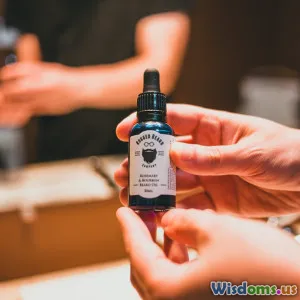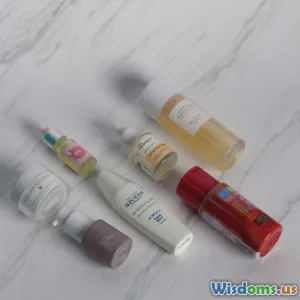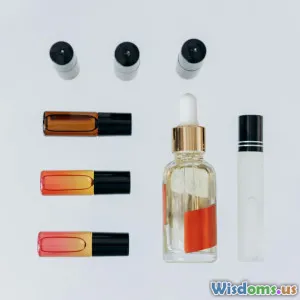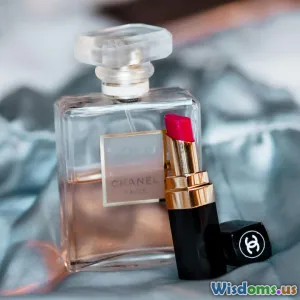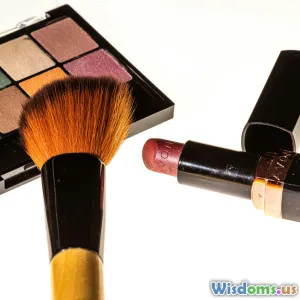
Ten Essential Grooming Upgrades Every Guy Needs Now
25 min read Upgrade your routine with ten proven grooming essentials—skin, hair, beard, scent, and oral care tips backed by dermatologists and barbers to look sharper and feel confident now. (0 Reviews)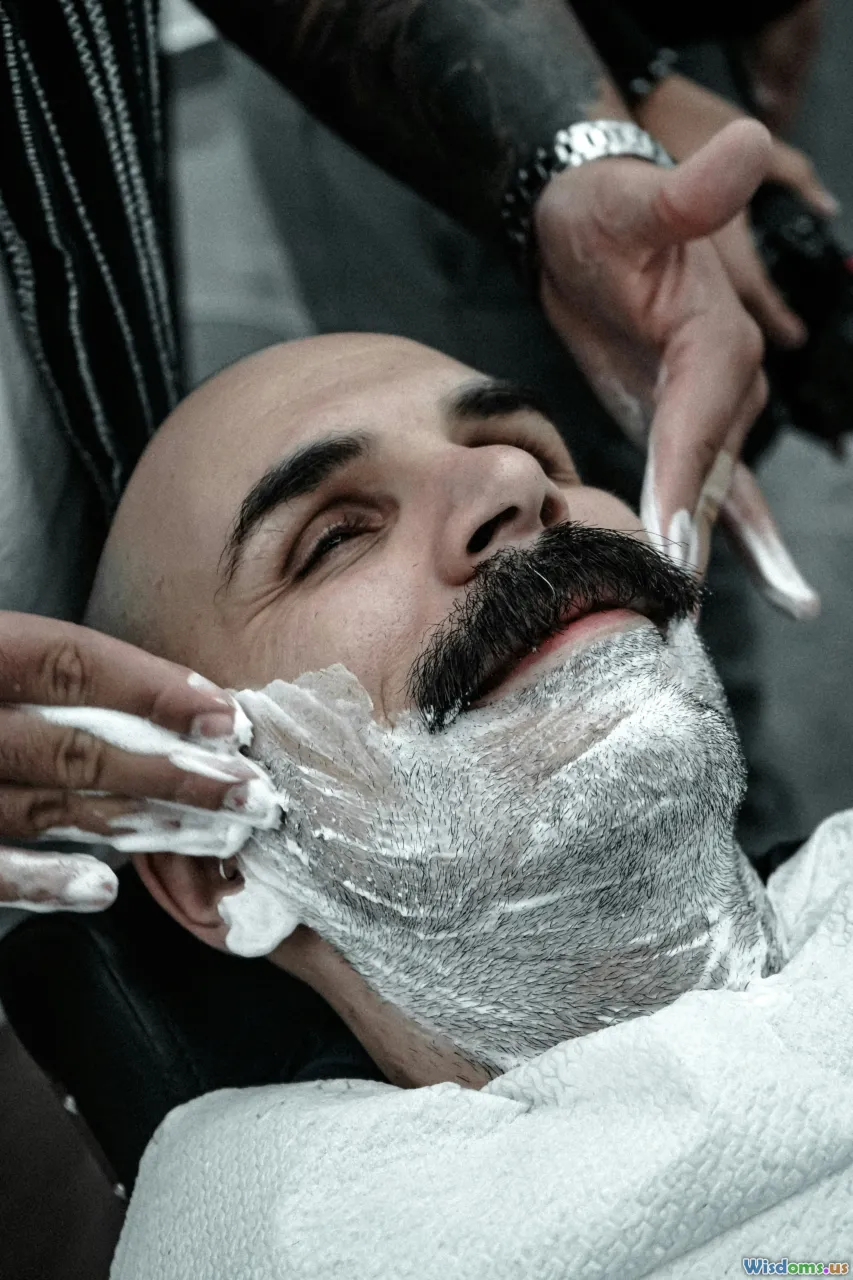
If your grooming routine hasn’t changed since college, you’re leaving easy wins on the table. The right upgrades don’t require a complete lifestyle overhaul; they’re small, strategic moves that create compounding gains. Think clearer skin with fewer products, hair that cooperates, a shave that doesn’t fight back, and a scent presence that’s confident but never overwhelming. Here are ten essential upgrades that help you look and feel sharper right now—and keep getting better over time.
1. Build a no-nonsense skincare core
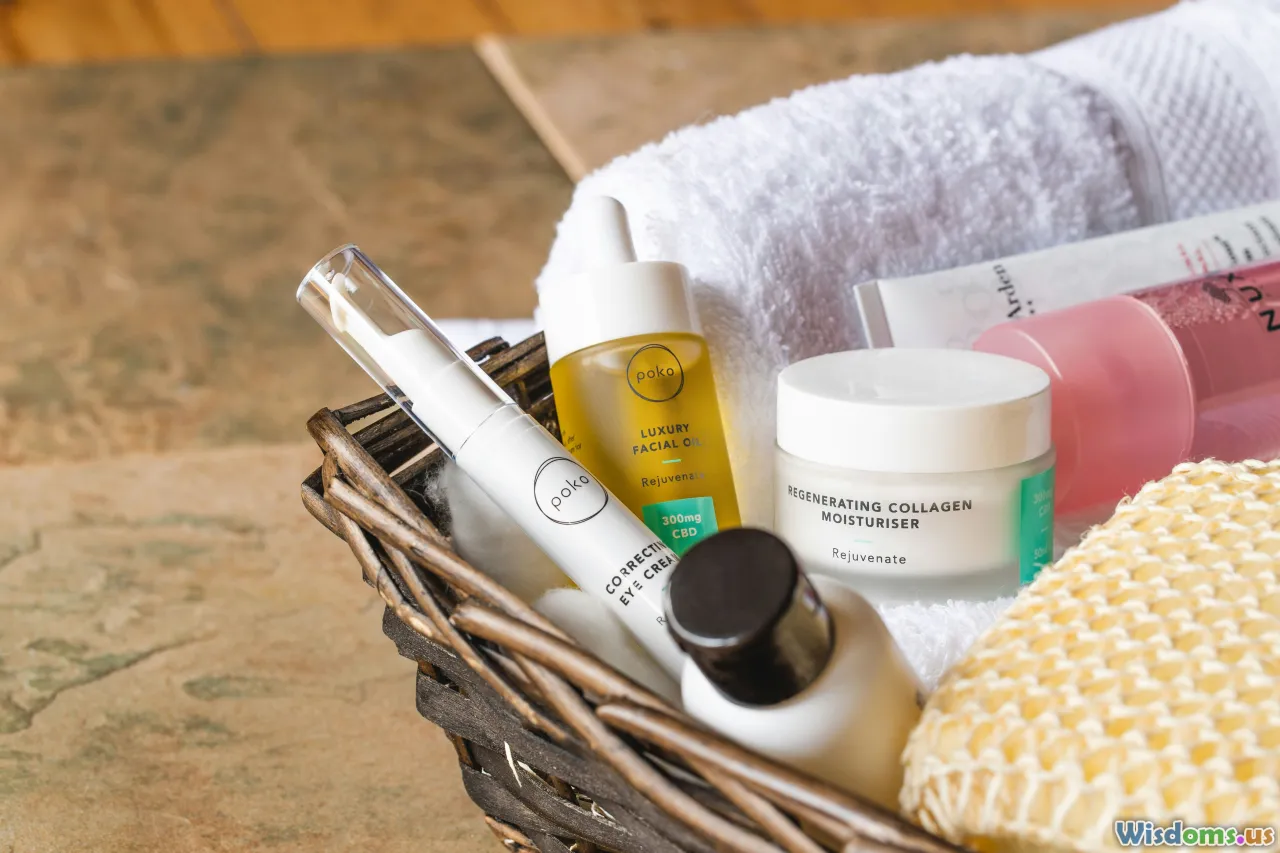
Before you chase miracle serums, lock in a reliable baseline. A simple, repeatable routine sets the stage for everything else.
What to do:
- Morning: gentle cleanser (optional if you’re not oily), lightweight moisturizer, broad-spectrum sunscreen.
- Night: gentle cleanser, moisturizer.
Why it matters:
- A consistent cleanser and moisturizer routine keeps your skin barrier intact, which reduces redness, irritation, and breakouts. If your barrier is damaged, actives and shaving will sting, and your face will look dull no matter what else you do.
How to choose:
- Cleanser: look for words like 'gentle' and 'pH-balanced.' If you’re oily or acne-prone, consider a low-foaming gel; if dry, a creamy cleanser.
- Moisturizer: target texture to skin type. Oily/combo: gel-cream with glycerin or hyaluronic acid. Dry: cream with ceramides and squalane.
Practical guardrails:
- Water temperature: lukewarm beats hot. Hot water strips oils and spikes irritation, especially post-workout.
- Frequency: cleanse at night without fail; in the morning, splash with water if you don’t feel greasy.
- Upgrade your towel: a clean, soft, quick-dry face towel cuts down on bacteria and irritation. Wash it often.
Example baseline routine:
- Night: cleanse for 20–30 seconds, rinse, pat dry, moisturize while skin is still slightly damp.
- Morning: if skin feels clean, skip the cleanser, go straight to moisturizer and sunscreen.
Result to expect in 2–4 weeks: less tightness after showers, fewer dry patches, and a healthier, more even look that makes everything else easier.
2. Add smart actives that actually work

Once the basics are steady, layer in targeted actives for visible upgrades in tone, texture, and aging.
Priority actives:
- Retinoids (night): start with retinol around 0.2–0.3% or retinal (a bit stronger). Use 2–3 nights per week and build up. Benefits: smoother texture, fewer fine lines, clearer pores. Expect a small adjustment period; buffer with moisturizer if needed.
- Vitamin C (morning): look for L-ascorbic acid around 10–15% if your skin tolerates it, or a gentler derivative paired with antioxidants. Helps even tone and boost sunscreen performance.
- Niacinamide (morning or night): 4–5% can reduce redness and regulate oil without irritation.
- Exfoliation (1–2x weekly): choose your acid based on your skin goal.
- Salicylic acid (BHA, ~2%): decongests pores and targets blackheads/ingrowns.
- Lactic acid (AHA, 5–10%): gentle, hydrates while smoothing.
- Glycolic acid (AHA, 5–10%): stronger resurfacing, great for roughness.
How to start without wrecking your barrier:
- Introduce one active at a time and use it for 2–3 weeks before adding another.
- Keep retinoids and exfoliating acids on separate nights.
- If irritation flares, pull back frequency—not necessarily the product.
Realistic timeline:
- Vitamin C: brightness can show in 2–4 weeks.
- Retinoids: texture improvement 6–12 weeks, best results over months.
- Exfoliants: smoother feel often within days; maintain 1–2x weekly rather than daily.
Pro tip for sensitive skin: sandwich retinoid between two thin layers of moisturizer. You still get benefits with less irritation.
3. Master sunscreen you’ll actually use every day
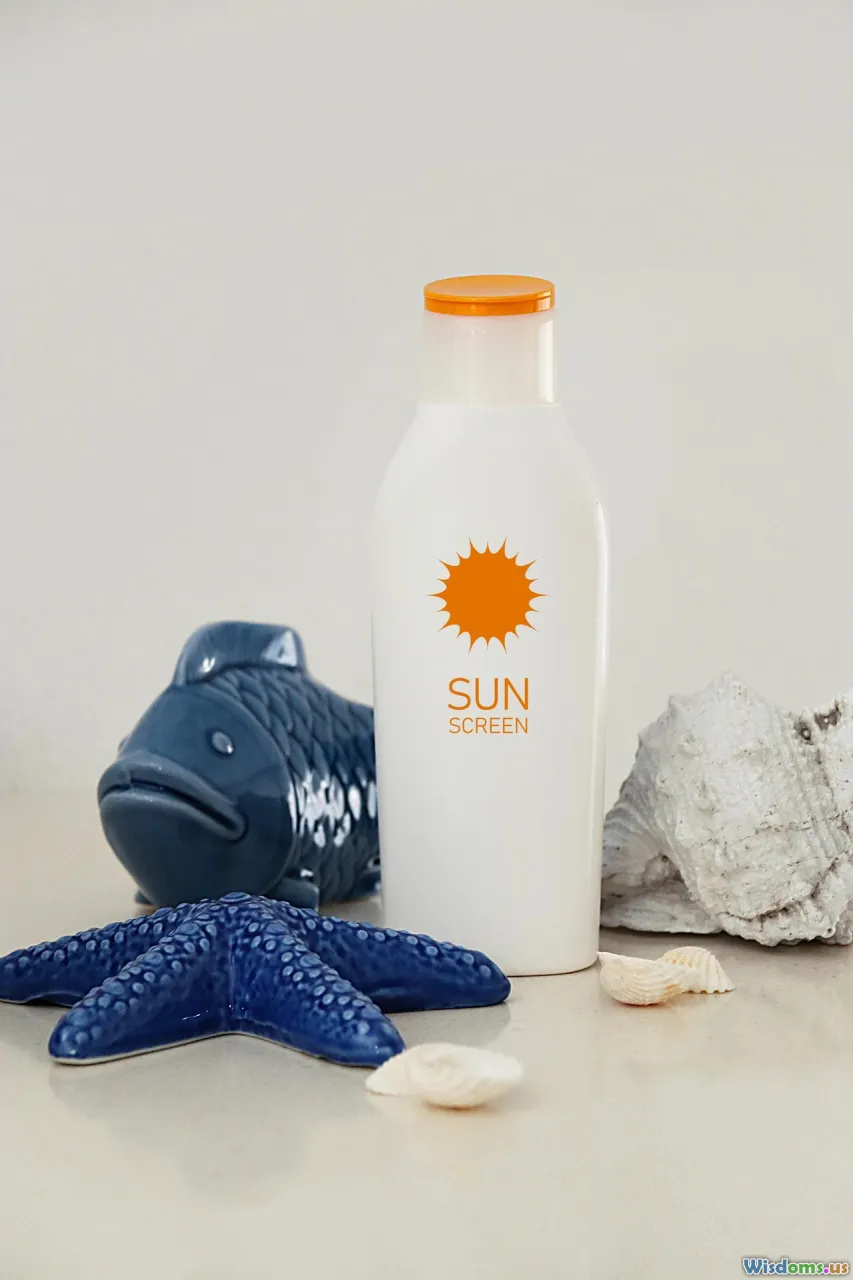
Daily sunscreen is the highest ROI step in men’s grooming. It prevents sunburn, slows visible aging, and reduces skin cancer risk. The trick is finding a formula you don’t hate applying.
What to look for:
- Broad-spectrum coverage (UVA and UVB). UVB burns; UVA ages.
- SPF 30 or higher for daily; SPF 50 for extended outdoor time. SPF 30 blocks about 97% of UVB, SPF 50 about 98% when properly applied.
- Texture you enjoy: gel, fluid, or lightweight cream if you’re oily; richer lotion if you’re dry. Tinted mineral options can help even tone and protect against visible light.
How much and how often:
- Use the two-finger rule for face and neck: squeeze two lines along your index and middle finger. That roughly matches the tested SPF amount.
- Reapply every 2 hours outside, or after heavy sweating or toweling off. If you work indoors, reapply before any significant midday outdoor time.
Application hacks:
- Put sunscreen on before your shirt or jacket so you don’t miss the neck and collar line.
- Don’t forget ears and the back of the neck—common burn sites.
- If reapplying over a beard or hairline, use a clear stick or spray and blend thoroughly.
Add-ons for the sun-aware guy:
- UPF clothing and hats reduce total sunscreen needed on long days out.
- Sunglasses that block UVA/UVB protect both eye health and the skin around your eyes from lines.
Make it automatic: Keep a travel-size sunscreen in your bag or car. The best sunscreen is the one within reach when the sun’s out.
4. Get a better shave with fewer nicks and ingrowns
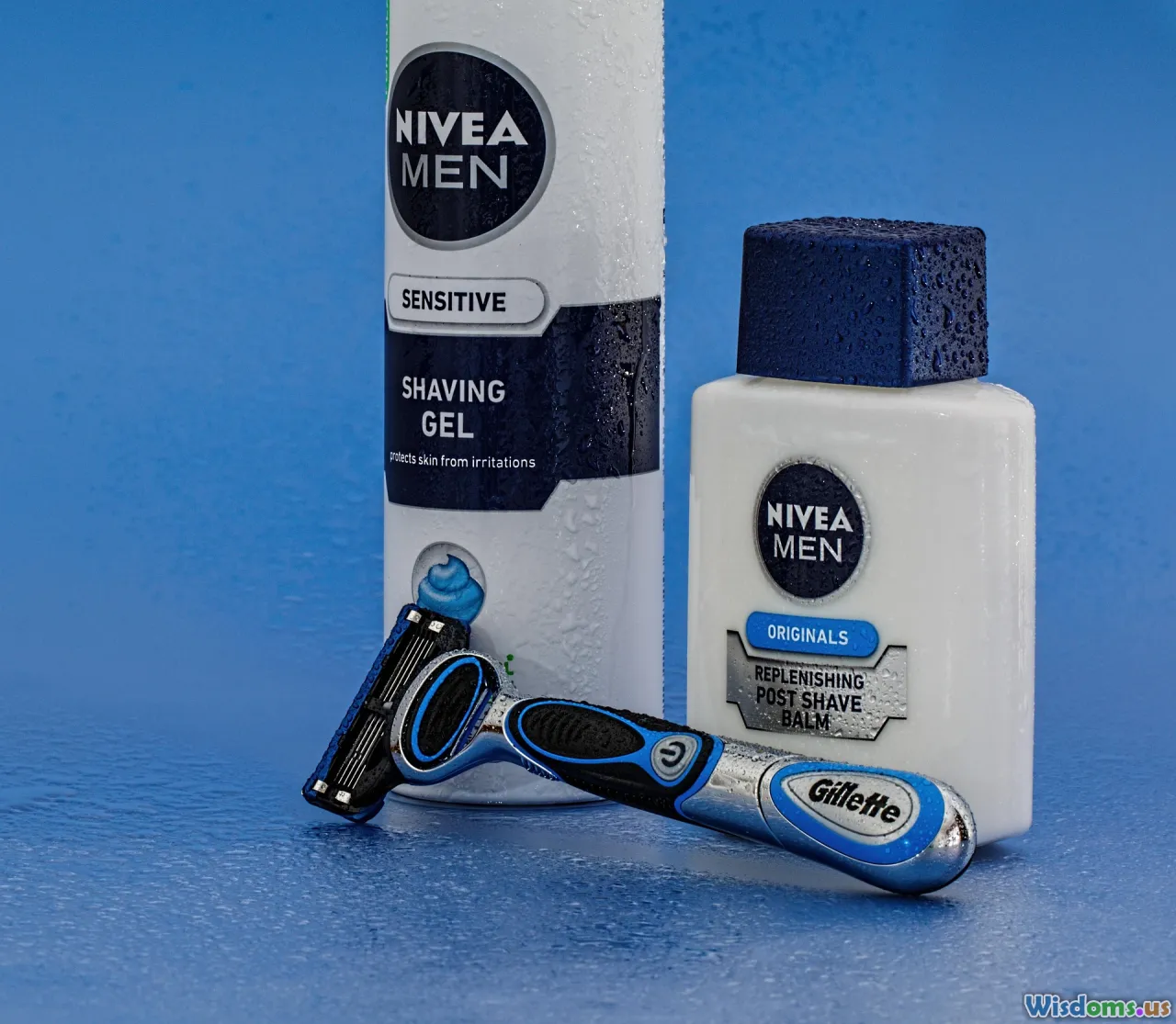
Shaving doesn’t have to be a battle. Upgrade your prep, blade choice, and technique to stop irritation at the source.
Before the blade:
- Hydrate the hair: shave after a shower or press a warm, damp towel on the area for 2–3 minutes.
- Use a proper shaving cream or gel: glycerin-rich formulas improve glide. A brush lifts hair and creates a cushion; not mandatory, but a nice upgrade.
- Map your grain: spend one minute feeling which direction your hair grows. Shave with the grain for the first pass.
Choosing your tool:
- Cartridge razors: convenient, forgiving. Replace the cartridge every 5–7 shaves to avoid tugging.
- Safety razors: more control and cheaper blades; shorter learning curve than you think. Use no pressure; let the weight of the razor do the work.
- Electric shavers: great for sensitive skin or speed. Foil shavers give a close finish; rotary can excel on contours. Pre-shave lotion helps electrodes glide.
Technique that spares your skin:
- First pass with the grain. If needed, a second pass across the grain; avoid against the grain if you get ingrowns.
- Keep the skin taut but don’t stretch aggressively—this reduces razor burn and ingrowns.
- Rinse the blade every 1–2 strokes to prevent clogging and pressure build-up.
Aftercare that calms:
- Rinse with cool water, pat dry—don’t rub.
- Use an alcohol-free splash or balm with soothing ingredients like aloe, allantoin, or panthenol.
- If you’re prone to ingrowns on the neck, use a BHA (salicylic acid) toner 2–3 times weekly or a targeted ingrown treatment.
Special cases:
- Coarse or curly hair: consider a single-blade safety razor and a pre-shave oil to reduce tugging.
- Sensitive skin: favor an electric or a single pass with a sharp cartridge, plus a mild post-shave balm.
5. Upgrade scalp and hair health
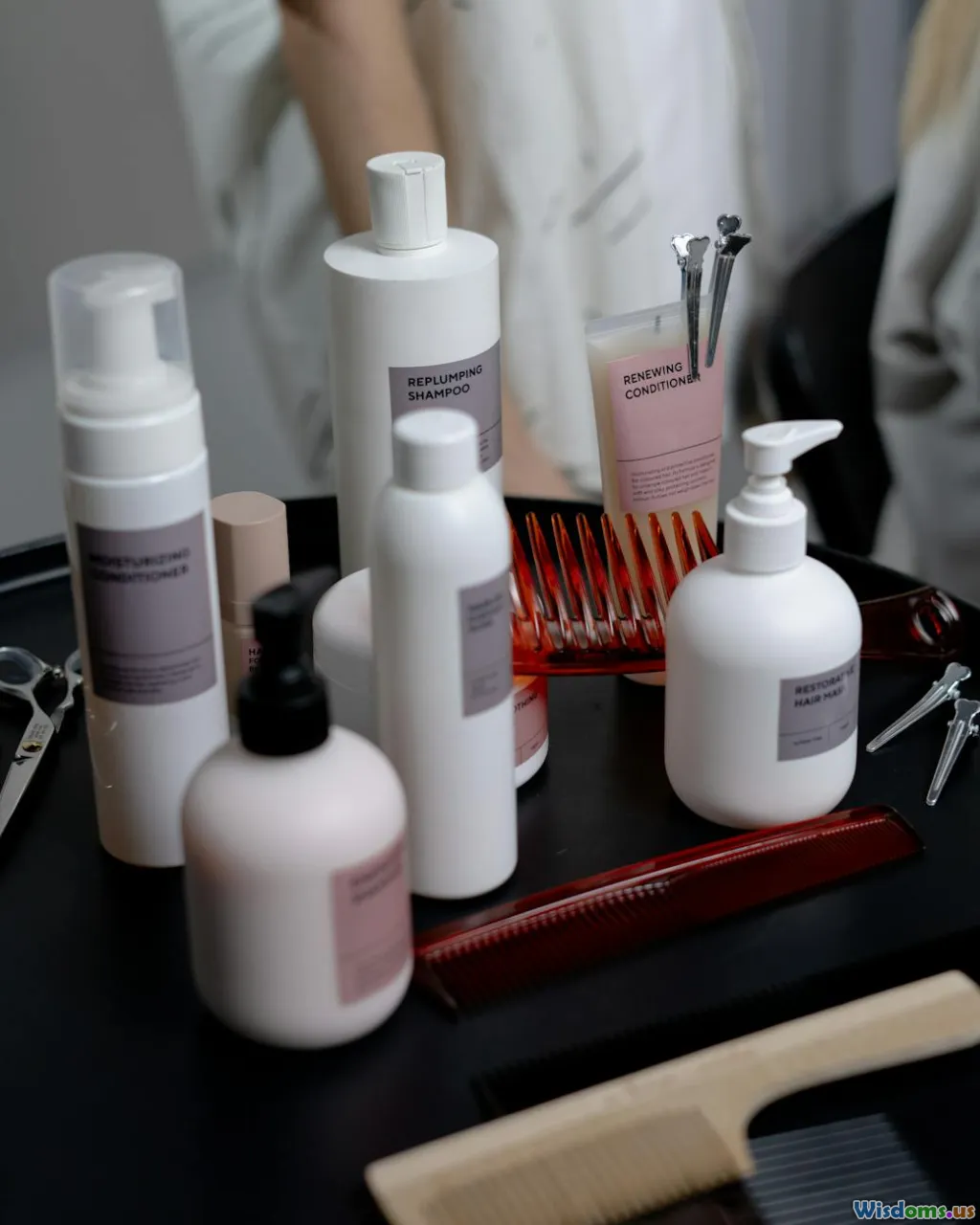
Healthy hair starts with a healthy scalp. Good news: small changes deliver big results in texture, volume, and style.
Shampoo smarter, not harsher:
- Frequency: most guys do well washing 2–4 times weekly. If you sweat daily, rinse after workouts and shampoo when hair feels heavy or itchy.
- Clarify once a month: a clarifying or chelating shampoo can remove product, mineral buildup from hard water, and environmental residue. If your water is hard, a shower filter or occasional chelating wash helps hair lie flatter and shine more.
If flakes or itch show up:
- Dandruff often stems from an overgrowth of Malassezia yeast on the scalp. Rotate active shampoos 2–3 times per week for a month, then taper:
- Ketoconazole 1%: antifungal, often highly effective.
- Selenium sulfide 1%: reduces flaking and itch.
- Salicylic acid: helps lift scale and clear pores.
- Let medicated shampoo sit for 3–5 minutes before rinsing.
Style with intention:
- Apply a heat protectant if you blow-dry—look for words like 'thermal protection' or 'heat shield.' Keep dryer on medium heat and finish with a cool shot to set and add shine.
- Match product to hair type:
- Fine hair: lightweight volumizing spray or matte paste; avoid heavy waxes.
- Thick or wavy hair: cream or clay for control without stiffness.
- Curly hair: leave-in conditioner and curl cream; diffuse on low heat.
Concerned about thinning?
- Start early: topical minoxidil 5% foam or solution twice daily can help maintain and regrow hair in many men. Give it 3–6 months.
- Support the scalp: gentle massage 3–5 minutes a day increases circulation; it’s not magic, but it can improve scalp health.
- Talk to a professional: a dermatologist or hair specialist can discuss options like finasteride or low-level laser therapy.
Small upgrades that add up:
- Switch to a microfiber towel or an old T-shirt to blot hair dry—rubbing rough towels causes breakage and frizz.
- Brush or comb from the ends upward to detangle; don’t rip through knots.
6. Beard care that looks intentional

If you wear facial hair, treat it like a style choice—not an accident. A tidy beard frames your face, while an unkempt one hides your features.
Define your lines:
- Neckline: avoid shaving too high. A reliable guide is two fingers above the Adam’s apple, then curve up in a gentle U-shape toward the back of each jaw.
- Cheek line: let your natural growth dictate the top line; tidy stray hairs for a clean edge, but avoid a harsh, low curve that shrinks your face.
Keep it clean and soft:
- Wash 2–3 times per week with a beard wash or gentle cleanser; daily rinsing is fine if you sweat.
- Condition: beard oil softens and reduces itch (look for jojoba, argan, or squalane). Use balm if you need more control or have flyaways.
Trim with purpose:
- Use a guard length that matches your target look; start longer and step down gradually.
- Comb through before trimming to lift hairs uniformly.
- Moustache: snip along the lip line with small scissors for neatness without over-thinning.
Beard and skin health:
- Exfoliate the skin under your beard 1–2 times weekly with a soft brush or gentle BHA to prevent ingrowns and flakes.
- Blow-dry on low heat while brushing down to set shape.
Pro move: Photograph your beard after a fresh trim you love, then replicate that guard length and neckline every 1–2 weeks. Consistency beats guesswork.
7. Hands and nails that don’t look neglected
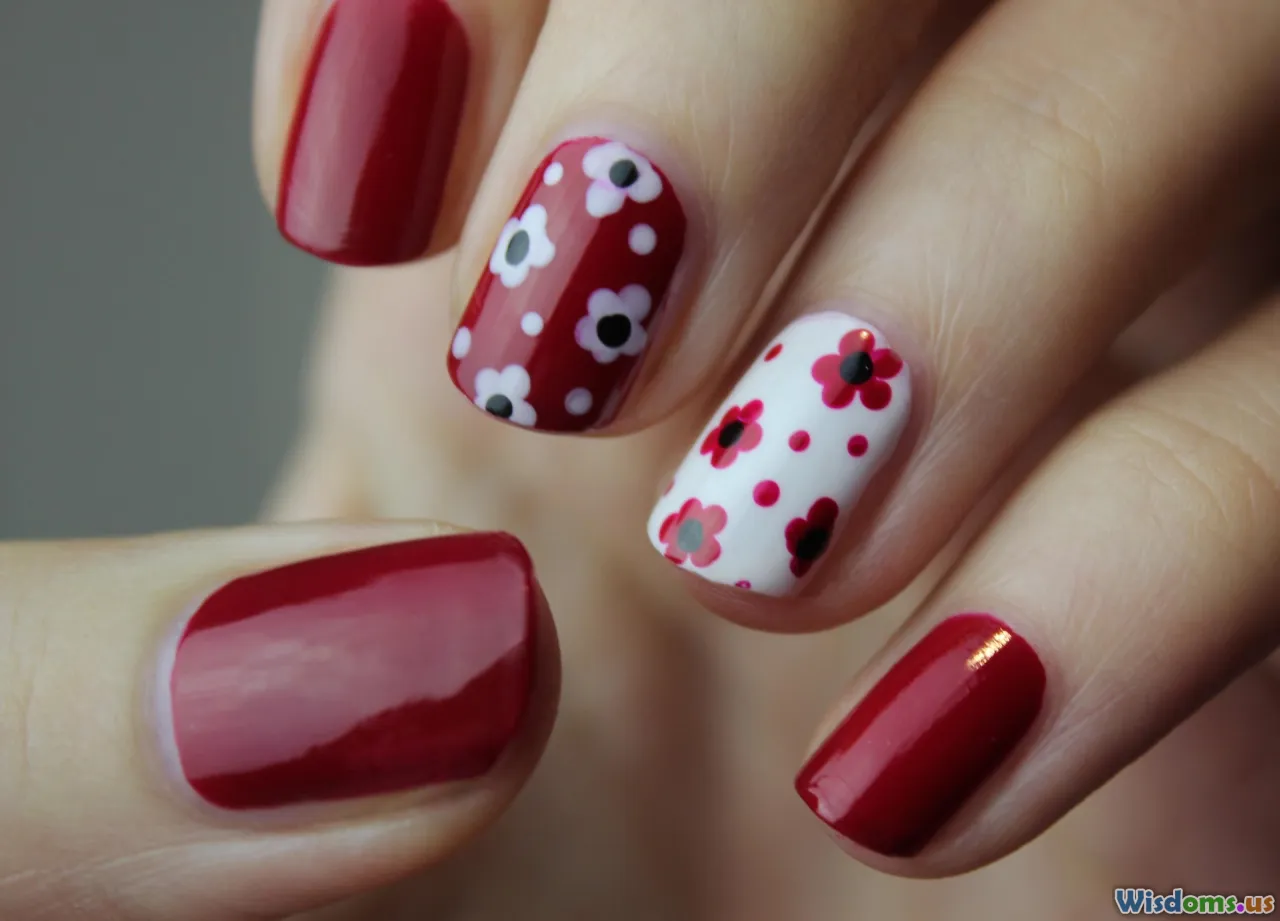
You shake with them, type with them, and bring them into every frame on video calls. Hands tell a story—make it a good one.
Keep nails tidy:
- Trim straight across with quality clippers; leave a sliver of white edge (1–2 mm). File edges in one direction to prevent splits.
- Don’t cut deep into corners—this invites ingrowns.
Respect your cuticles:
- Soften in warm water, then gently push back with a wooden stick. Do not cut aggressively; cuticles seal out bacteria.
- For hangnails, use disinfected cuticle nippers and remove only the dead skin.
Moisturize like you mean it:
- Use a hand cream with glycerin, shea butter, or urea (5–10%) after washing or before bed.
- Sunscreen on the backs of hands each morning helps prevent spots and crepey texture. Keep a tiny tube in your car—UV through windows is real.
Quick weekly routine (10 minutes):
- Wash hands, soak nails for 2–3 minutes, push back cuticles, clip and file, buff lightly if ridged, apply cuticle oil, finish with hand cream.
When to go pro: a 20-minute express manicure every 4–6 weeks resets your shape and solves persistent hangnails. Choose clear matte nail strengthener if your nails split.
8. Oral care that pays off on and off Zoom
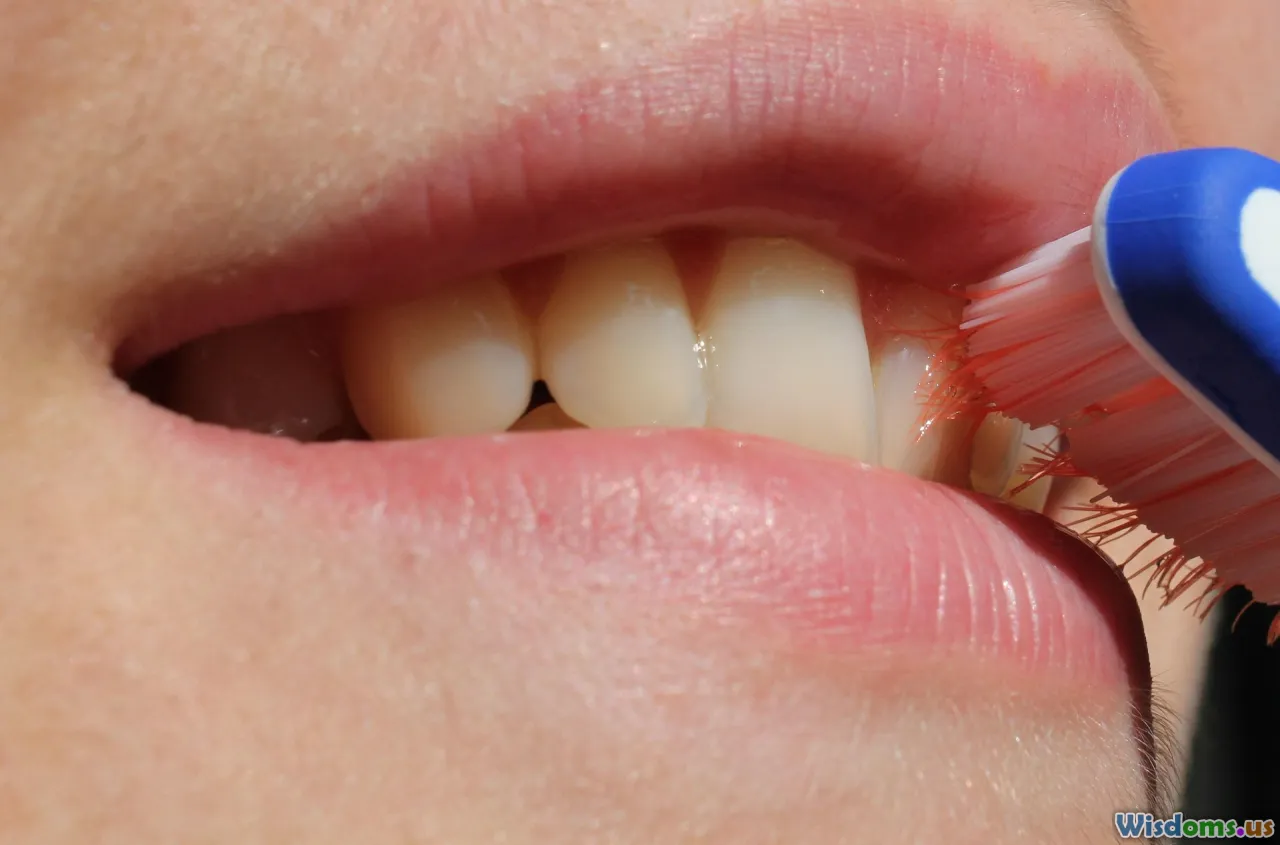
A clean smile is non-negotiable. Small tech upgrades and better timing do most of the heavy lifting.
Brush smarter:
- Electric toothbrushes with pressure sensors and timers help you hit the full 2 minutes and avoid scrubbing too hard. Studies generally show they remove more plaque over time than manual brushes.
- Use a fluoride toothpaste (around 1350–1500 ppm fluoride) to strengthen enamel and reduce cavity risk.
- Replace brush heads every 3 months or sooner if bristles flare.
Floss without the dread:
- Traditional floss is most effective when done daily; curve the floss into a C-shape around the tooth and slide below the gumline.
- Water flossers are a strong upgrade for people with braces or tight contacts; they’re great adjuncts but don’t fully replace floss for most people.
Don’t forget your tongue:
- A tongue scraper reduces volatile sulfur compounds that cause bad breath more effectively than brushing the tongue alone. Use gentle pressure from back to front.
Whitening that doesn’t wreck enamel:
- Whitening strips with hydrogen peroxide (around 6–10%) can noticeably brighten in 1–2 weeks. Limit to a couple of cycles per year to avoid sensitivity.
- Avoid brushing immediately after acidic foods or coffee; wait about 30 minutes to protect enamel.
Breath insurance:
- Alcohol-free mouthwash freshens without drying. If morning breath is an issue, scrape the tongue and swish after brushing at night.
9. Fragrance and sweat management, simplified
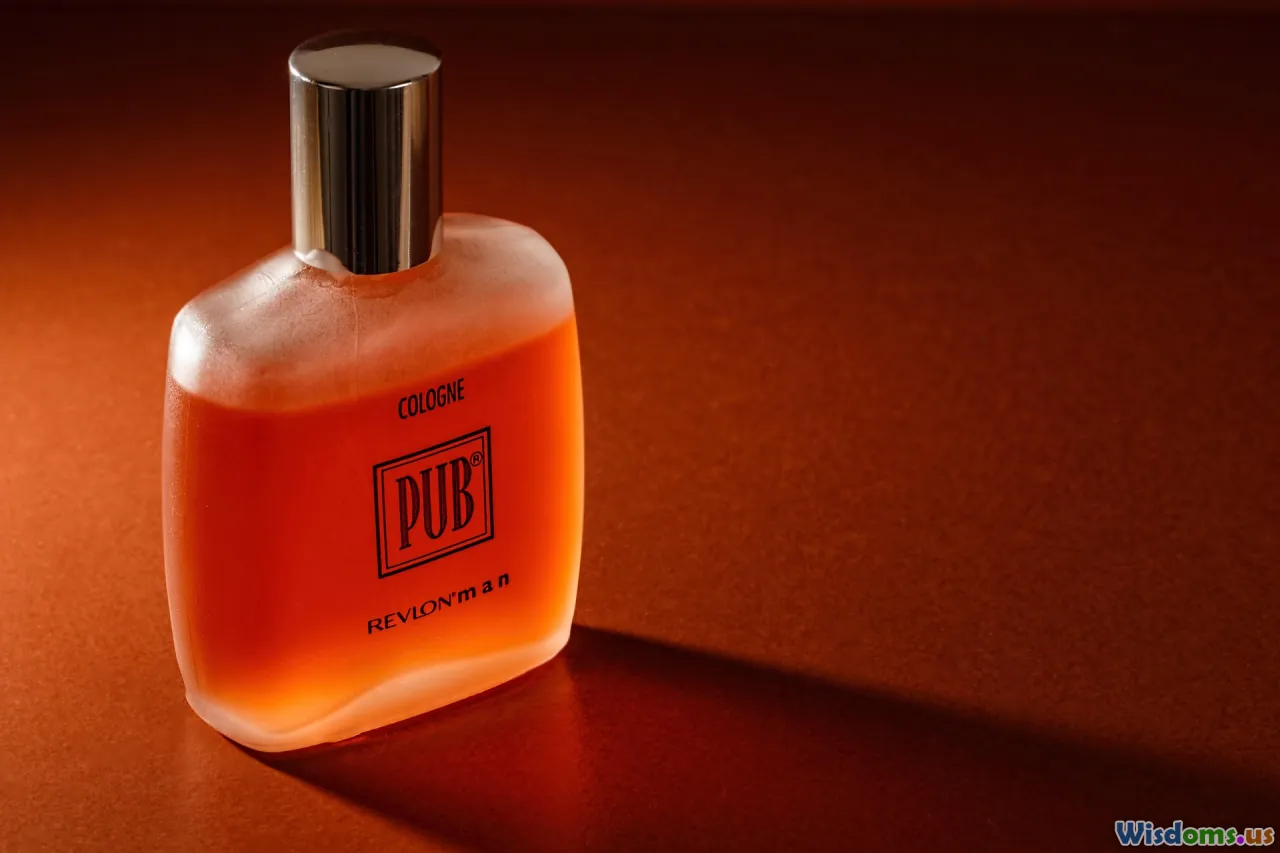
Smelling good shouldn’t announce itself from across the room. The goal is clean, close-range confidence.
Antiperspirant vs deodorant:
- Antiperspirants use aluminum salts to form temporary plugs in sweat ducts, reducing wetness. They work best applied at night to dry skin; they’re still effective the next day.
- Deodorants neutralize odor-causing bacteria. If you want to avoid aluminum, pick formulas with low pH, zinc, or enzymes that target odor compounds. Baking soda can control odor but may irritate sensitive skin.
Application upgrades:
- Trim underarm hair to help product reach skin and reduce odor trapped in hair.
- If you struggle with odor, wash pits with a benzoyl peroxide body wash a few times a week; it reduces bacteria that produce odor.
- Rotate products seasonally: stronger antiperspirant in summer, lighter deodorant in winter.
Fragrance strategy 101:
- Understand concentrations: eau de toilette (EDT) tends to be lighter, eau de parfum (EDP) richer and longer-lasting. Performance varies by formula, not just label.
- Apply 2–5 sprays max to pulse points: sides of neck, chest, wrists (if you won’t wash hands often). Don’t spray your clothes directly if the scent stains; a light mist over fabric from distance can extend longevity but test first.
- Store bottles away from heat and light to prevent oxidation.
Choosing a signature scent:
- Sample on skin, not just strips. Body chemistry changes how top, heart, and base notes develop.
- Own your context: lighter citrus, aquatic, or airy woods for daytime and office; deeper woods, spice, or amber for evenings.
Layer to extend wear:
- Unscented lotion under fragrance increases projection and longevity. Matching body wash and lotion can create a subtle, cohesive scent bubble.
10. Body and detail grooming without overdoing it
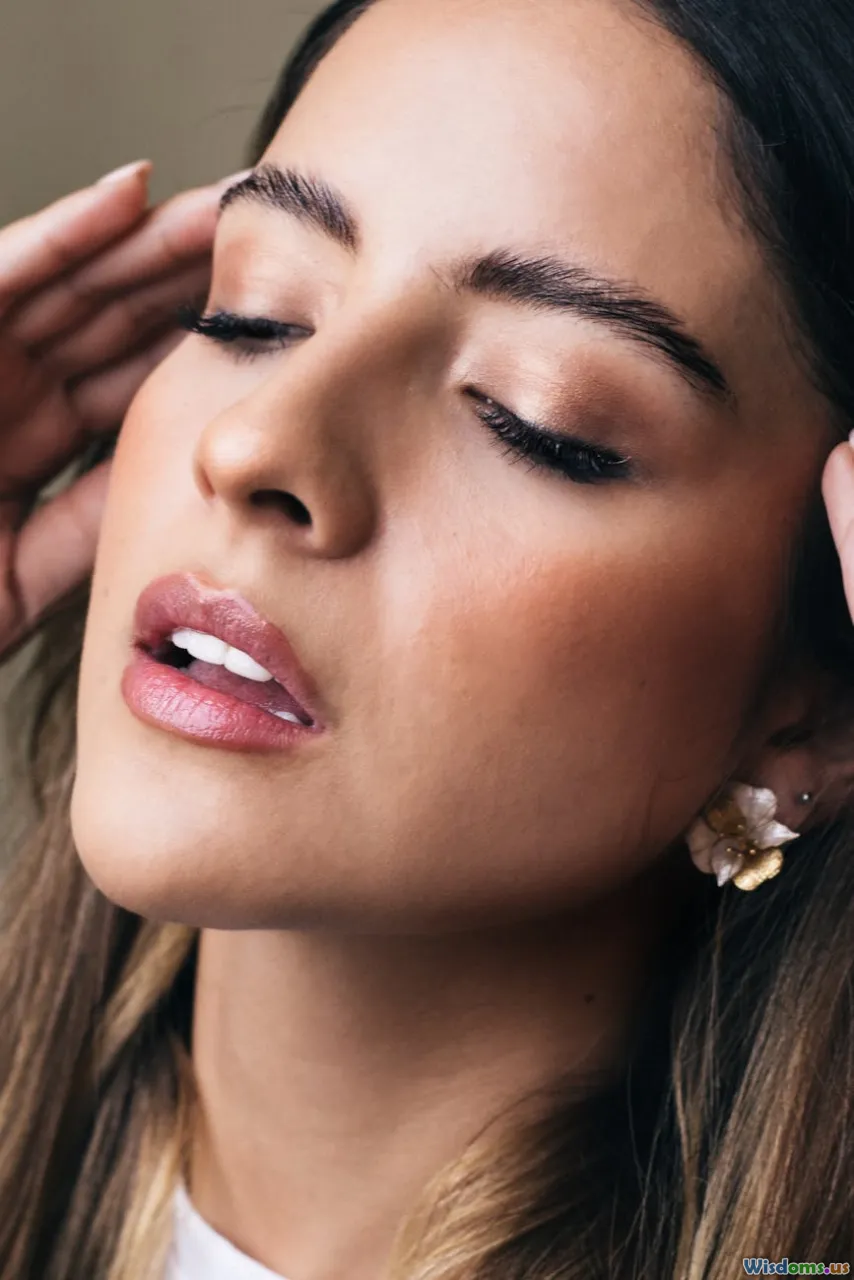
The details separate meticulous from messy. Approach body hair, brows, and feet with a light, precise hand.
Body hair management:
- Use a waterproof body trimmer with adjustable guards. Start with a longer guard and step down to avoid over-trimming.
- Trim dry for even length; shave wet if you want smooth. For sensitive areas, move slowly, use light pressure, and keep skin taut.
- If you get ingrowns, exfoliate 1–2 times weekly with a gentle scrub or BHA wash and moisturize afterward.
- Hair removal options:
- Trimming: fastest, least irritation, shortest results.
- Shaving: smoothest, but higher risk of irritation; use a fresh blade and unscented cream.
- Depilatory creams: dissolve hair—patch test first to avoid burns.
- Waxing: longer results, more pain; best left to pros for chest/back.
Back hair strategy:
- Use a long-handled trimmer for DIY maintenance between professional waxes or shaves.
Groin and underarm best practices:
- Trim rather than shave fully smooth if you’re prone to irritation. If shaving, use a single-blade or guarded trimmer head designed for sensitive areas.
- Apply a light, fragrance-free moisturizer after trimming to reduce friction.
Brows: tidy, don’t sculpt
- Stand back from the mirror. Remove obvious strays between the brows and below the arch; avoid creating angular, overly crisp lines.
- Use a brow comb and small scissors to trim long hairs rather than plucking everything.
Nose and ears:
- Use a dedicated rotary trimmer. Never pluck nose hairs—they protect you and plucking raises infection risk.
Feet deserve attention:
- After showers, use a pumice stone or foot file on calluses 1–2 times per week. Don’t overdo it; you want smooth, not raw.
- Apply a urea cream (20–40%) at night for cracked heels; it softens and exfoliates.
- Keep toenails straight across to prevent ingrowns; avoid cutting corners too deep.
- Rotate shoes and use moisture-wicking socks (merino or technical blends). If odor is persistent, an antifungal powder or spray in shoes helps.
Chafing fix for athletes:
- Apply an anti-chafe balm where skin rubs (thighs, underarms, nipples during long runs). Seamless shorts help too.
Travel kit that saves the day:
- Pack a dopp kit with travel sizes of your essentials: cleanser, moisturizer, sunscreen stick, antiperspirant, floss picks, lip balm, and a compact trimmer head. Airport sinks are not the time to improvise.
Bring these upgrades online one at a time rather than all at once. Each habit compounds the others: cleaner skin shaves better; a calmer scalp styles easier; tidy nails and a measured scent reinforce the impression of someone who’s got it together. The payoff isn’t just what you see in the mirror—but how confidently you move through the day because of it. Stick with the routine for a month and you’ll notice; stick with it for a season and everyone else will too.
Rate the Post
User Reviews
Other posts in Health & Wellness
Popular Posts










